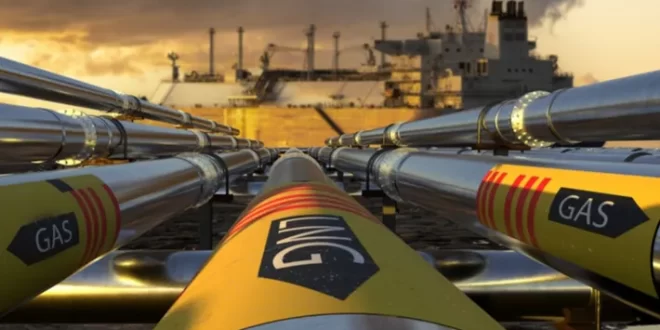New planned LNG import facilities in the EU – especially in Germany, Italy, Greece, and the Netherlands – could supply a quarter more gas to the EU than before, with Italy ramping up gas imports and production and deviating from climate objectives, a report from the Climate Action Tracker (CAT) has found.
The analysis, published on Wednesday (8 June), sets out “the Do’s and Don’ts of energy crisis response” according to the CAT, an independent scientific analysis tracking progress toward holding warming below 2 degrees Celsius.
“Government responses largely address the short-term energy supply needs and compromise their long-term climate mitigation strategies,” the report warns. Combined with the global rush toward gas, this could “lock the world into irreversible warming”.
On the Italian government’s attempts to address short-term energy supply, the report pointed to the government “expanding fossil gas import infrastructure” and ramping up “fossil fuel domestic production”.
However, the government is also paving the way for long-term strategies in the Recovery and Resilience Plan.
This includes the ‘Hydrogen Valley’ project featured in leading projects of the plan’s memoranda signed at Palazzo Chigi on Wednesday (8 June). It aims to build green hydrogen production sites in disused industrial areas in the Regions of Piedmont, Friuli-Venezia Giulia, Umbria, Basilicata, and Apulia.
The project puts Italy “in line with the best EU countries in a strategic sector for the future”, announced Ecological Transition Minister Roberto Cingolani. Districts will have to “produce less than three tonnes of carbon dioxide per tonne of gas” and “reach between one and five megawatts of total power in 2026”.
According to Prime Minister Mario Draghi, this and other projects in the recovery plan will “bring Italy closer to energy and climate objectives and stimulate growth”.

 Iran Energy News Oil, Gas, Petrochemical and Energy Field Specialized Channel
Iran Energy News Oil, Gas, Petrochemical and Energy Field Specialized Channel



